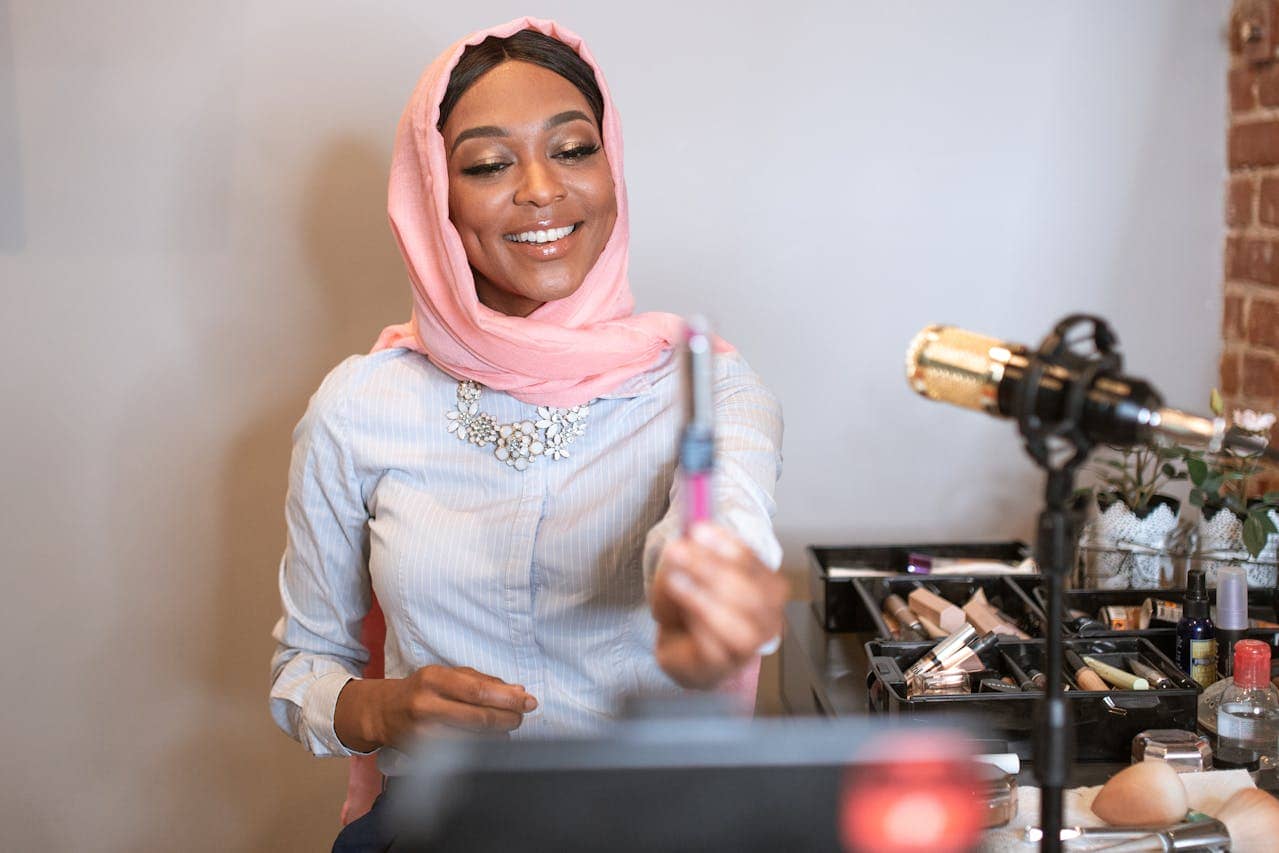Influencer marketing has become a powerful tool for skincare businesses to reach new audiences and build brand awareness. However, finding the right influencers and maximizing your return on investment (ROI) can be challenging. This guide will walk you through the process of identifying ideal influencers, crafting successful campaigns, and measuring your results.
Why Influencer Marketing for Skincare?
- Increased Brand Awareness: Influencers can introduce your brand to their engaged followers.
- Enhanced Credibility: Recommendations from trusted influencers can build trust and credibility.
- Targeted Reach: You can partner with influencers who have a specific audience that aligns with your ideal clients.
- Higher Engagement: Influencer content often generates more engagement than traditional advertising.
Step 1: Define Your Goals and Target Audience:
- What are you trying to achieve? (e.g., increase brand awareness, drive website traffic, generate leads, boost sales)
- Who is your ideal customer? (e.g., age, demographics, interests, skincare concerns)
- What platforms do they use? (e.g., Instagram, TikTok, YouTube)
Step 2: Identify Potential Influencers:
- Relevant Niche: Look for influencers who focus on skincare, beauty, wellness, or related topics.
- Authentic Engagement: Evaluate their engagement rate (likes, comments, shares) and ensure it’s genuine.
- Audience Demographics: Verify that their audience aligns with your target market. A local audience, or a sizeable audience within your city, would be a significant boost for your local business.
- Brand Alignment: Choose influencers whose values and aesthetic match your brand.
- Size and Reach: Consider micro-influencers (10,000-50,000 followers) for targeted reach and higher engagement, or macro-influencers (100,000+ followers) for broader exposure.
- Tools: Use influencer marketing platforms like AspireIQ, Upfluence, or Grin to find and vet influencers.
- Manual Search: Use platform search functions and hashtag searches to find relevant influencers.
Step 3: Reach Out and Build Relationships:
- Personalized Approach: Avoid generic messages. Show that you’ve researched their content and understand their audience.
- Clearly Define Expectations: Discuss campaign goals, deliverables, timelines, and compensation.
- Negotiate Fair Compensation: Consider different payment models, such as flat fees, product exchanges, or affiliate commissions.
- Build Long-Term Partnerships: Foster ongoing relationships with influencers who perform well.
Step 4: Create Compelling Campaign Content:
- Authentic Content: Encourage influencers to create content that feels natural and authentic to their style.
- Clear Call to Action: Provide clear instructions on what you want their audience to do (e.g., visit your website, use a discount code, book an appointment).
- Creative Freedom: Give influencers some creative freedom to showcase your brand in their own way.
- Content Formats: Consider various formats, such as Instagram Reels, TikTok videos, YouTube reviews, or blog posts.
- Provide Branded Assets: Give the influencer high quality photos, videos, and product information.
Step 5: Measure and Analyze Your Results:
- Track Key Metrics: Monitor website traffic, engagement rates, sales conversions, and referral codes.
- Use UTM Parameters: Track the performance of specific influencer campaigns.
- Analyze ROI: Calculate the return on investment to determine the effectiveness of your campaigns.
- Gather Feedback: Ask influencers for feedback on the campaign and identify areas for improvement.
Example Campaign Ideas:
- Product Reviews: Send influencers your skincare products and ask them to create honest reviews.
- Skincare Routines: Collaborate with influencers to create videos or posts showcasing their skincare routines using your products.
- Giveaways and Contests: Partner with influencers to host giveaways and contests to generate excitement and attract new followers.
- Sponsored Content: Create sponsored posts or videos that seamlessly integrate your brand into the influencer’s content.
Conclusion:
Influencer marketing can be a highly effective strategy for skincare businesses. By carefully selecting the right influencers, creating compelling content, and tracking your results, you can maximize your ROI and build a strong brand presence.
Let us help you leverage the power of influencer marketing for your skincare business. Contact MTB Digital today for a free consultation and let us help you create a winning strategy.

